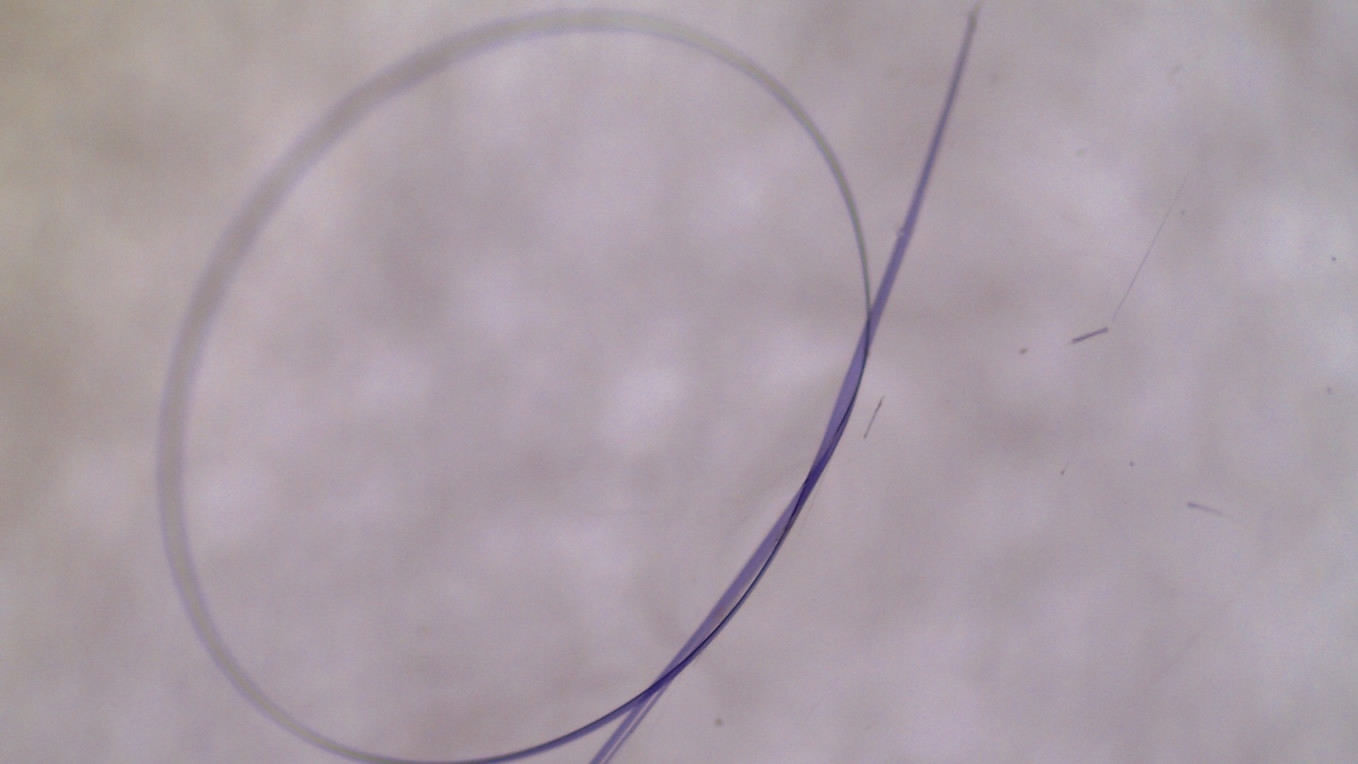
Tech & Sci
14:39, 29-Aug-2017
Flexibility to benefit technology: Australian scientists made single crystals be tied in a knot
CGTN

The true properties of crystals have been uncovered in an Australian scientific breakthrough announced on Tuesday and the results could have major technological benefits.
Researchers from the Queensland University of Technology (QUT) and the University of Queensland (UQ) discovered single crystals are in fact so flexible that can even be tied in a knot, shattering existing conceptions of crystals as inelastic and brittle.
According to Jack Clegg, associate professor from the UQ, the findings will have practical applications in science and technology.
"By having an understanding of the flexibility of crystals, this can be used in developing technology like flexible computer screens and mobile phones -- it's a potentially cheaper option," Clegg said.

Researchchemicalsbkmdma Photo
Researchchemicalsbkmdma Photo
By understanding the elastic properties of the crystal, limitations based on the supposed brittleness of crystals can be overturned and the unique properties of crystals can be properly explored, said Clegg. "Hybrid materials, for example, crystals with metal, have the unique properties of the crystal but also the benefit of whatever material they are combined with -- it really is the best of both worlds."
"Flexible crystals like these could lead to new hybrid materials for a number of applications, from components of planes and spacecraft to electronic devices. So the ability of crystals to bend (more) flexible has wide-ranging implications."
Co-researcher Associate Professor John McMurtie from the QUT said this research is the first to study this phenomenon in detail, while some previous research had explored the bendability of crystals.

Organic crystals /Pan European Networks Photo
Organic crystals /Pan European Networks Photo
The researchers tested crystals from a variety of compounds, including those containing copper and other metals, and these were also found to be flexible - even after repeated experiments, the crystals were able to return to their original shape with no signs of breakage or damage.
Clegg said the discovery represents an exciting breakthrough for Australian science but believes there is plenty that remains unknown about the science behind crystals.
"The next step is to develop new technologies and apply them to other modes of bending crystals, or even twisting them, and engineer new materials to keep testing the crystals," Clegg said.
"It could really help change the way technology is designed and developed."
Source(s): Xinhua News Agency

SITEMAP
Copyright © 2018 CGTN. Beijing ICP prepared NO.16065310-3
Copyright © 2018 CGTN. Beijing ICP prepared NO.16065310-3